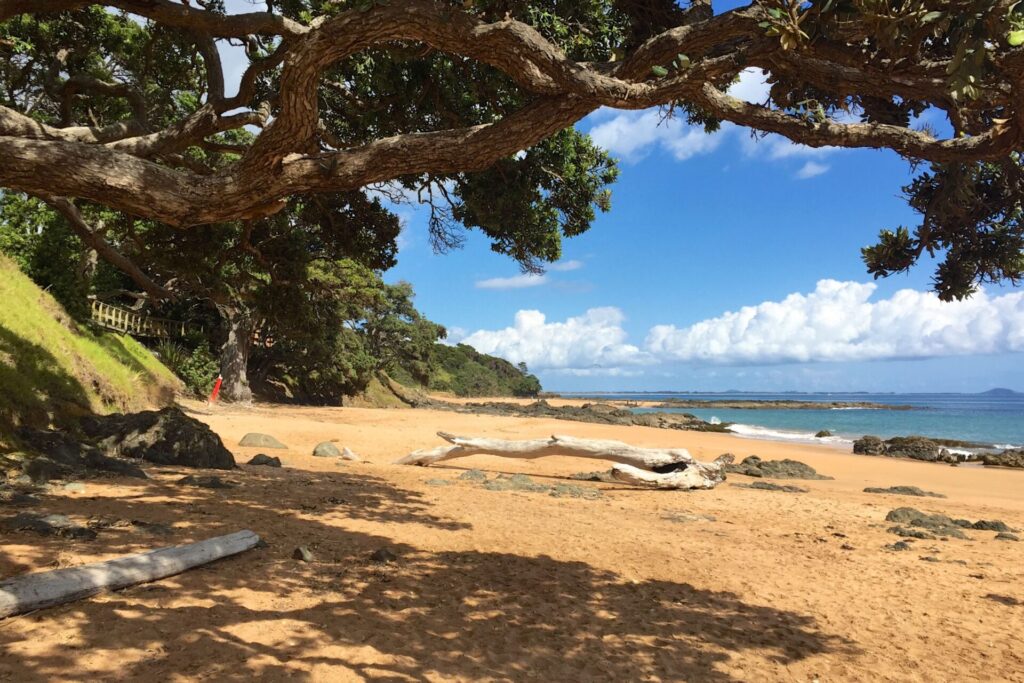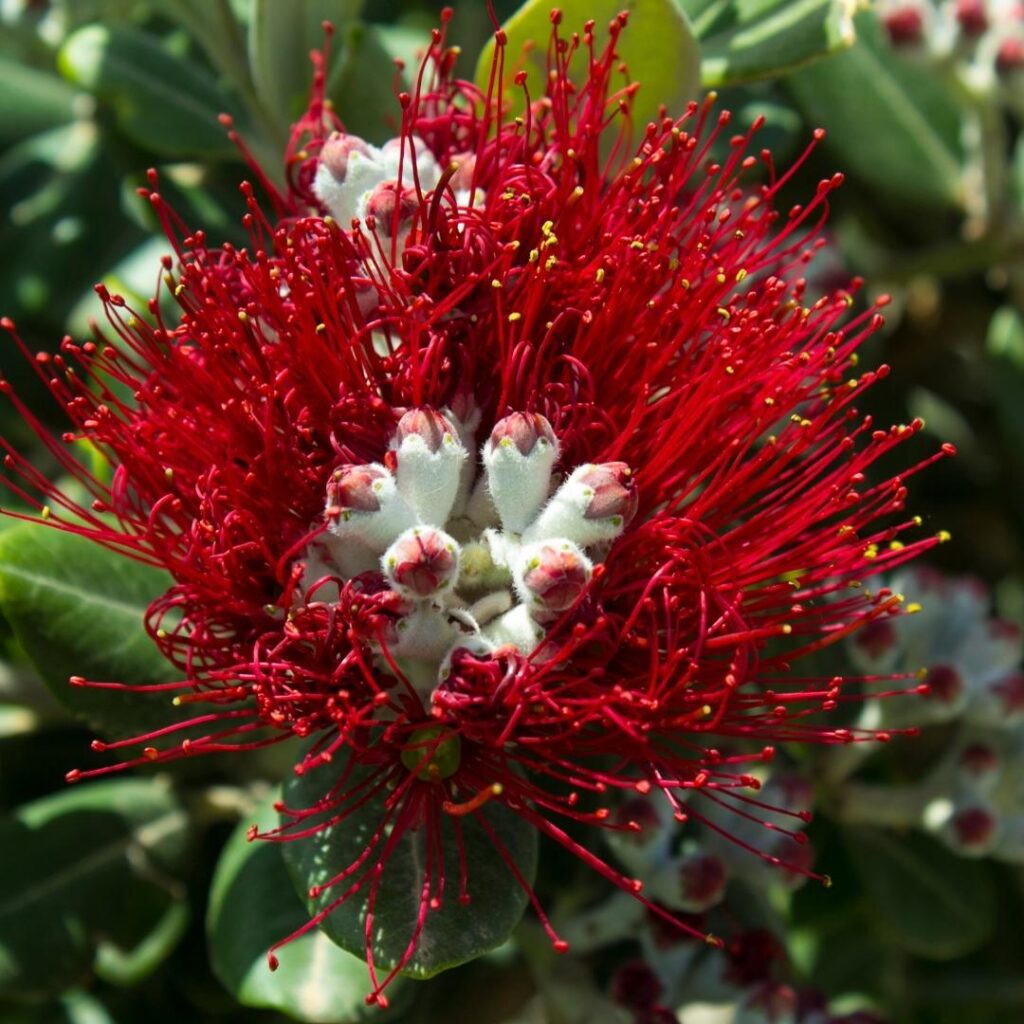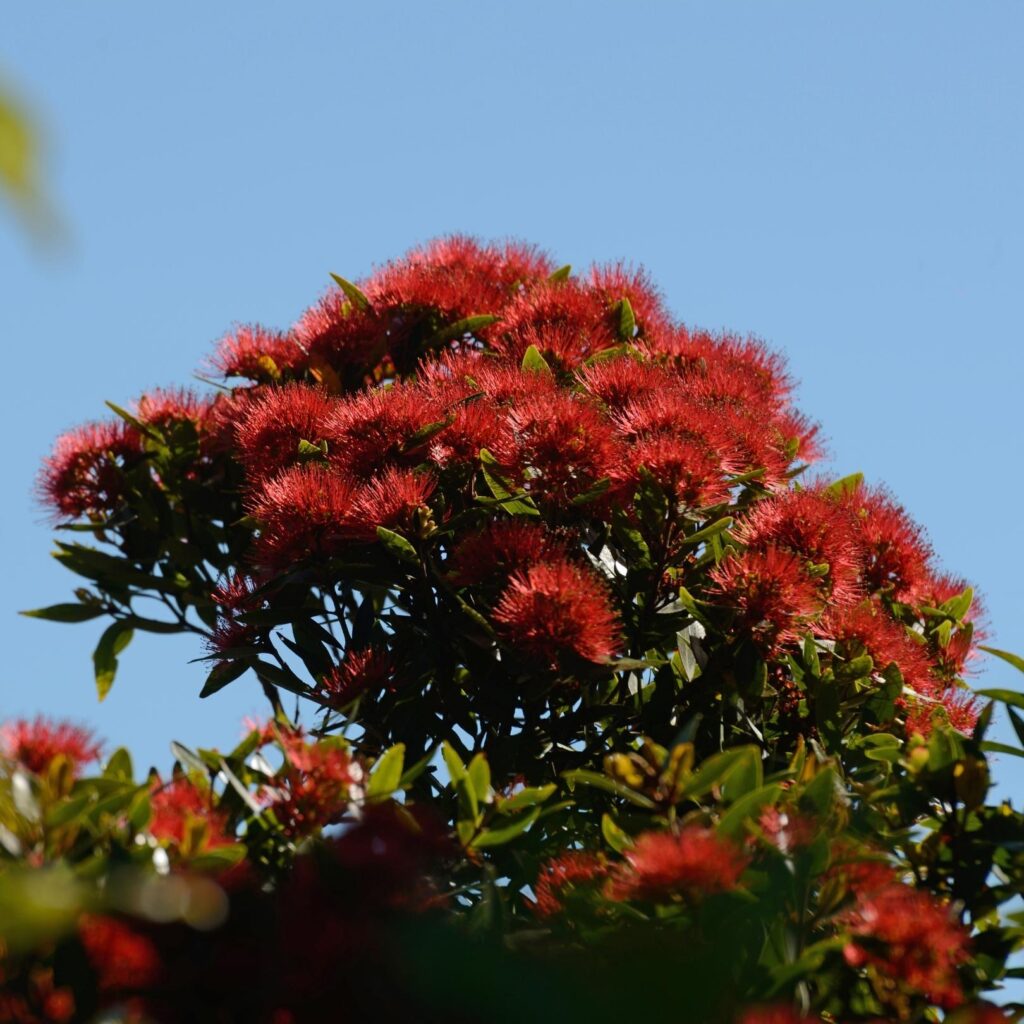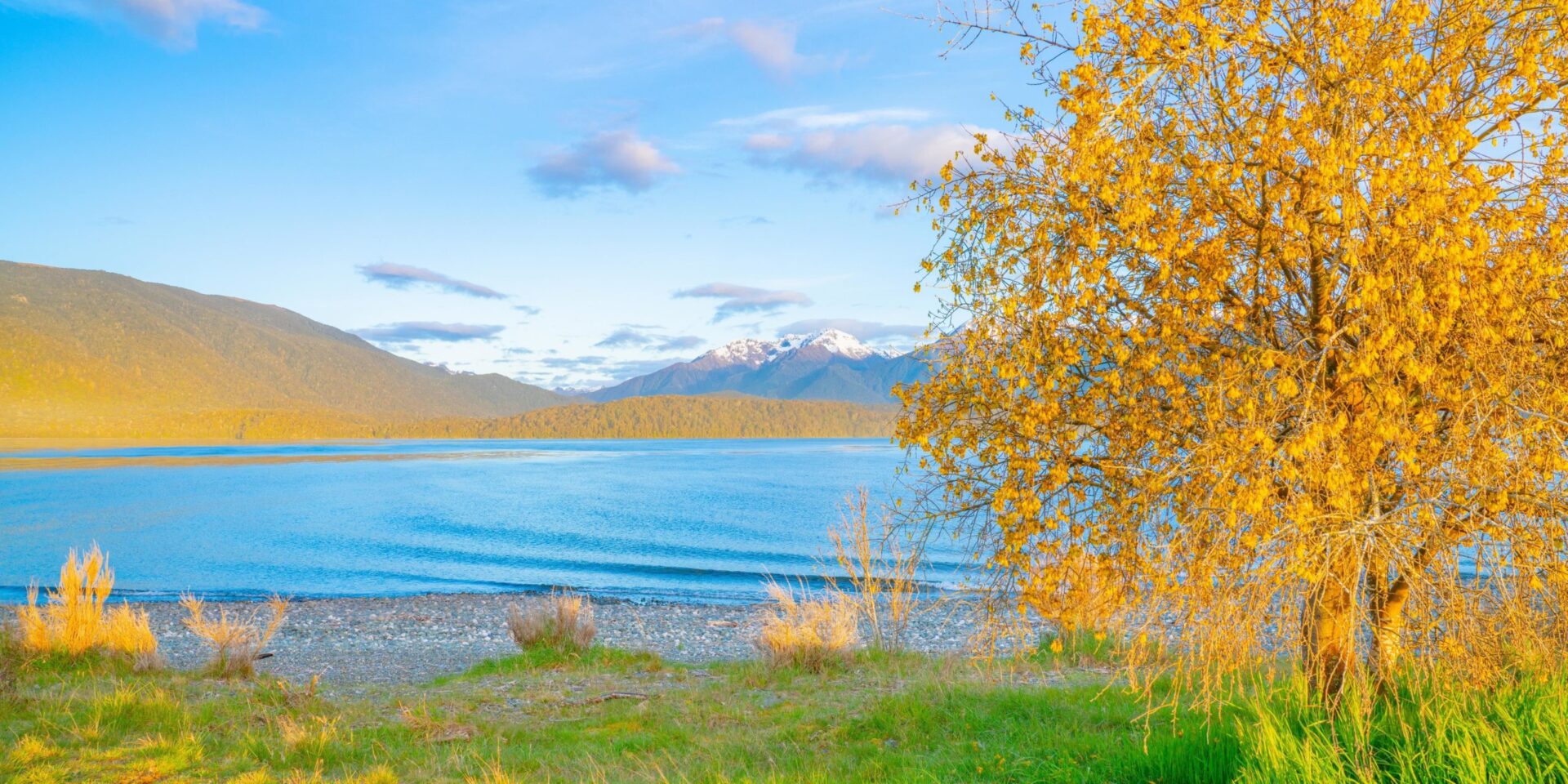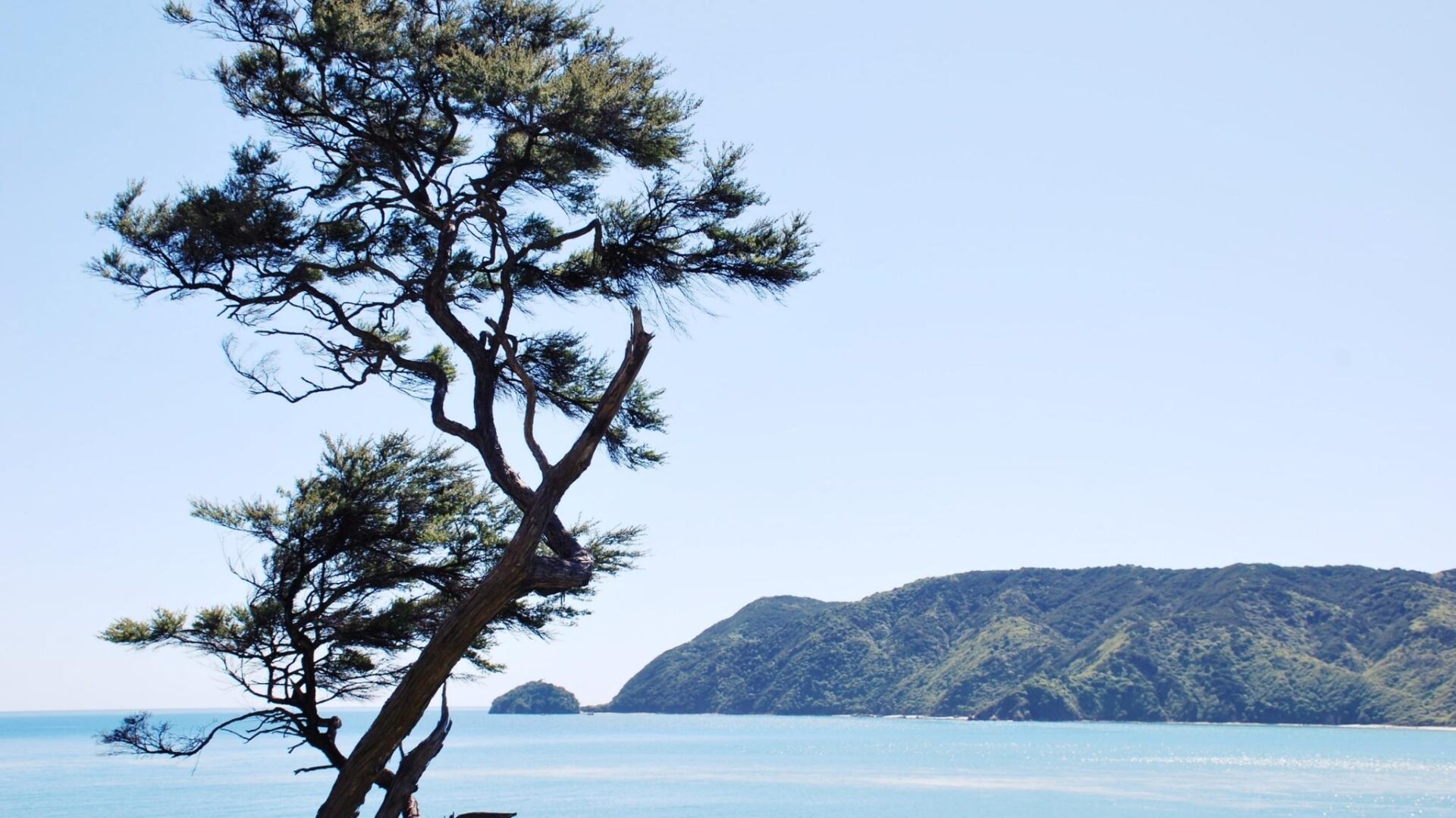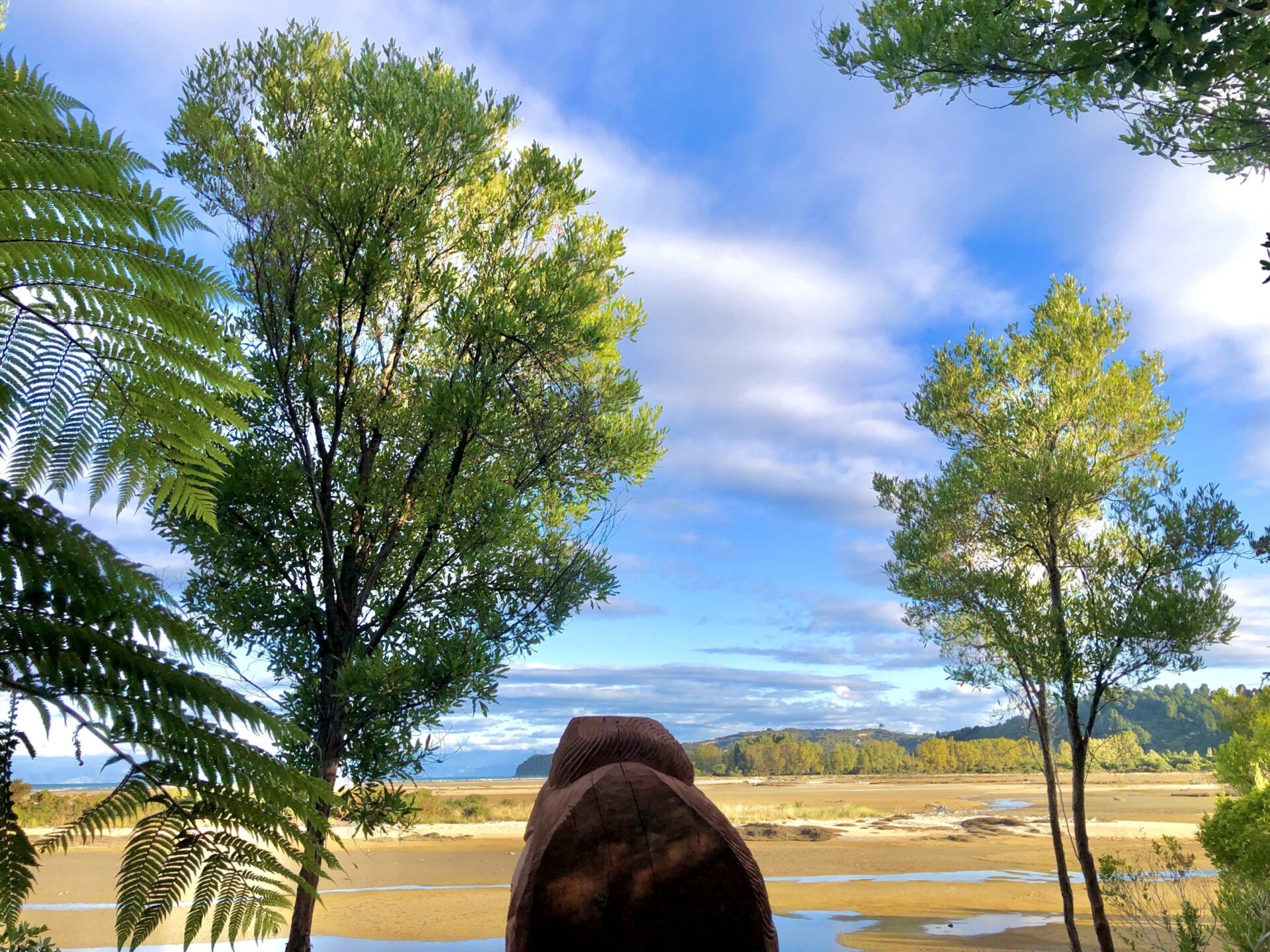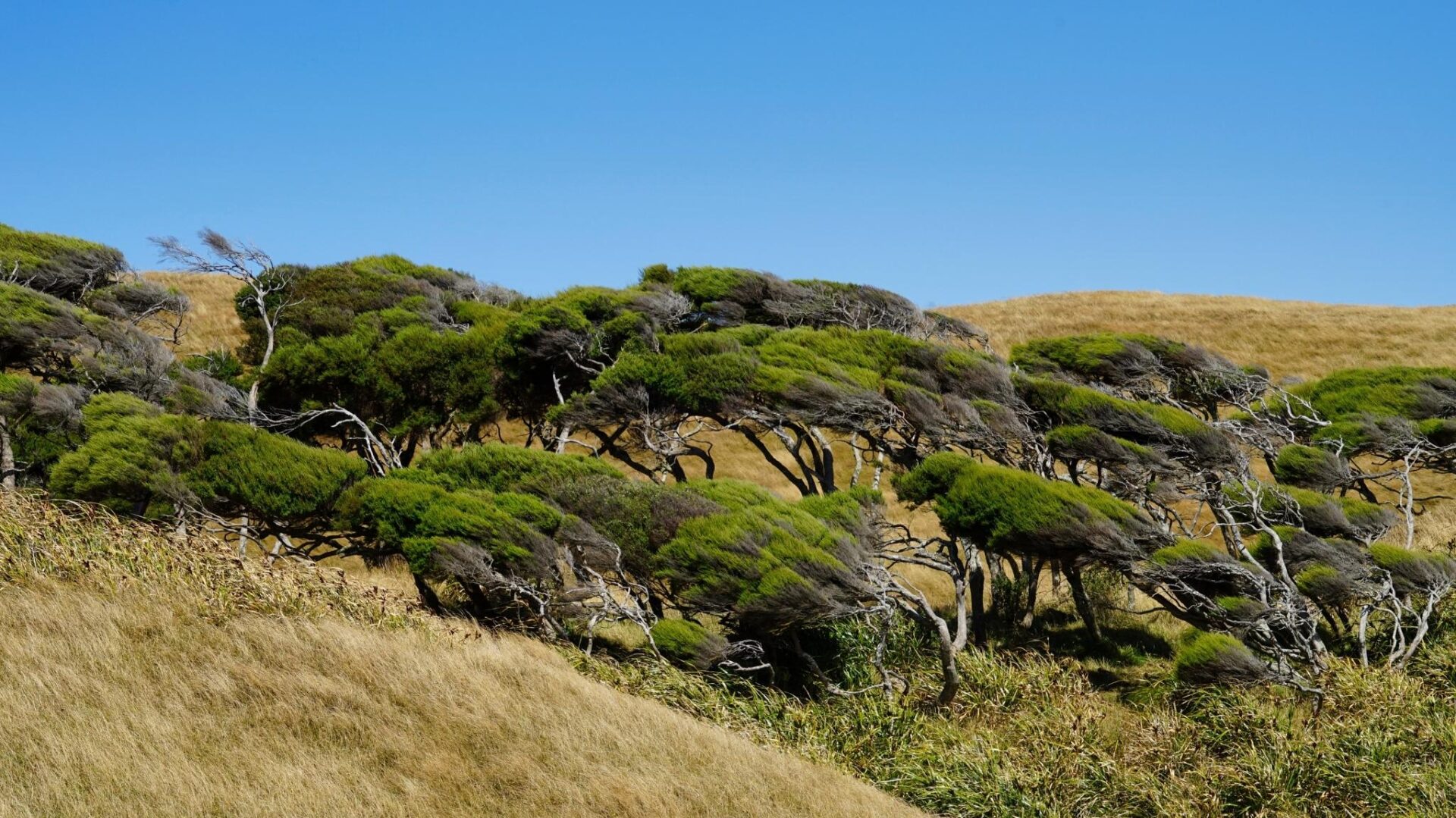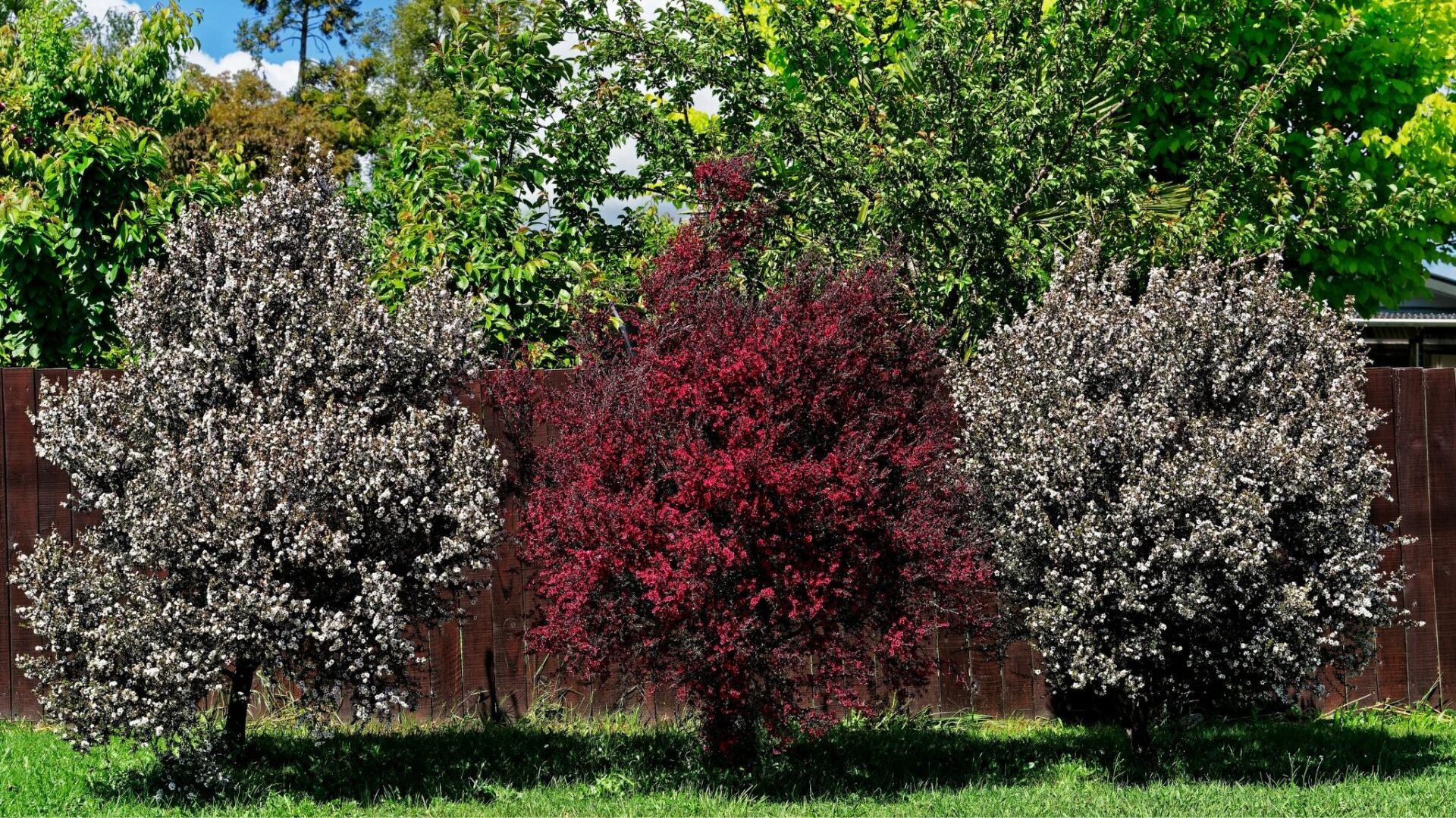The Southern Rata and Pohutukawa are some of New Zealand’s most recognized and beloved trees. The bursting crimson red flowers around Christmas has earned them both the spot of our New Zealand Christmas tree, but how do you tell them apart from each other?
First it is worth acknowledging they are the same Genus. There are 11 rata species. Three of which are trees, 1 shrub and 6 climbing species. Then there are only two pohutukawa species. Given the Southern rata is the more prolific we will focus on this for a comparison with the Mainland pohutukawa. It’s worth noting some of the interesting characteristics of the Northern rata.
Leaves
There are two easy ways to identify them. The Southern rata will have darker and pointed leaves, that are glossy on both sides. Where as the pohutukawa will have slightly smaller and rounded leaves. Another easy way to spot the difference is that the Pohutukawa leaves will have a whitish velvety texture from its fine white hairs underneath the leaves.
This will be the easiest way to tell them apart, as they are both medium to slow growers, flower around the same time of year and look somewhat similar at a distance.
Pohutukawa
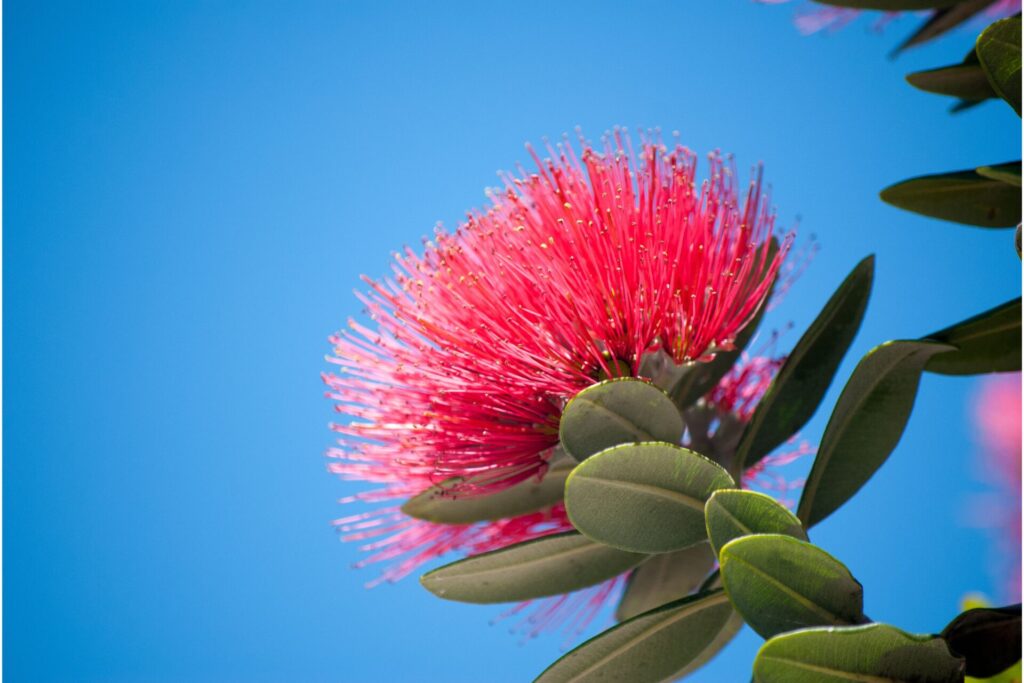
S. Rata
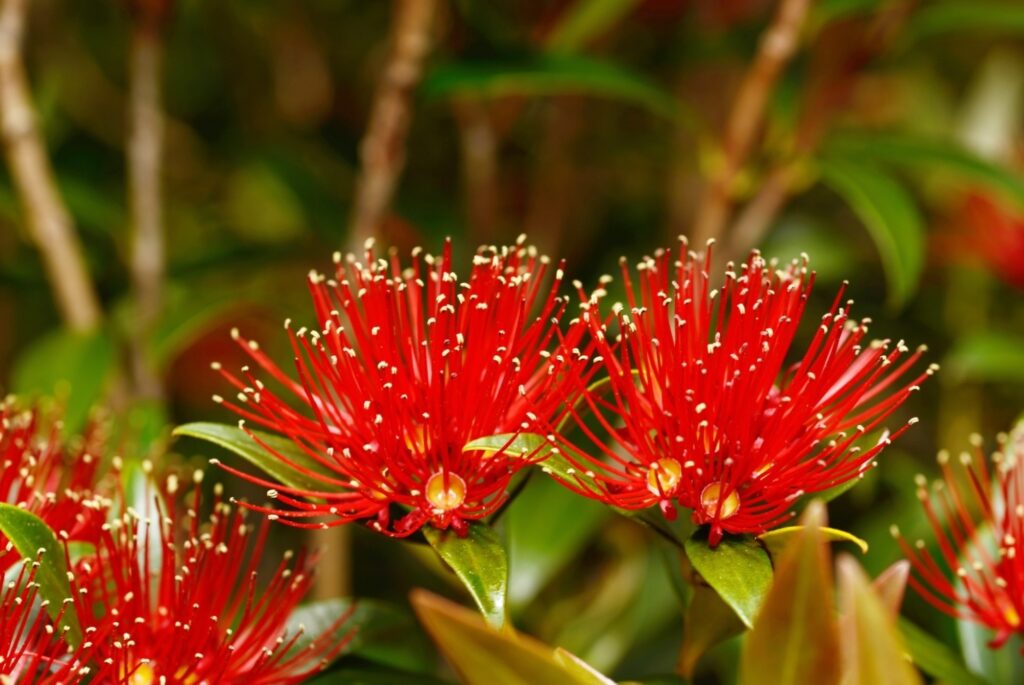
Location
The pohutukawa prefers the upper North Island in warm, dry areas close to the sea, although they can be found sporadically and artificially in the northern South Island. The Southern rata can grow almost to the top of New Zealand, but prefers the South and has a strong presence on the West Coast. It grows even in the far-flung outcrops such as Auckland Island.
Grow rates
They are both slow growing trees, so it will be difficult to ascertain what species it is on height. However the Pohutukawa will mature around 20m, with the Southern rata only reaching around 15m.
Generally, the Southern Rata’s branch structure is a bit tighter than the more sprawling pohutukawa, and the pohutukawa will grow at twice the rate. Both species can live for hundreds of years in a fertile coastal environment with pohutukawa’s reaching upwards of 1,000 years old. Both trees have the ability to spread branches out until they touch the ground, sending out new roots and forming new trees. As such it makes it near impossible to accurately date these magnificent trees. The Sourthern rata is considered to be an ancient species, from which the Northern rata and pohutukawa have evolved.
Pohutukawa
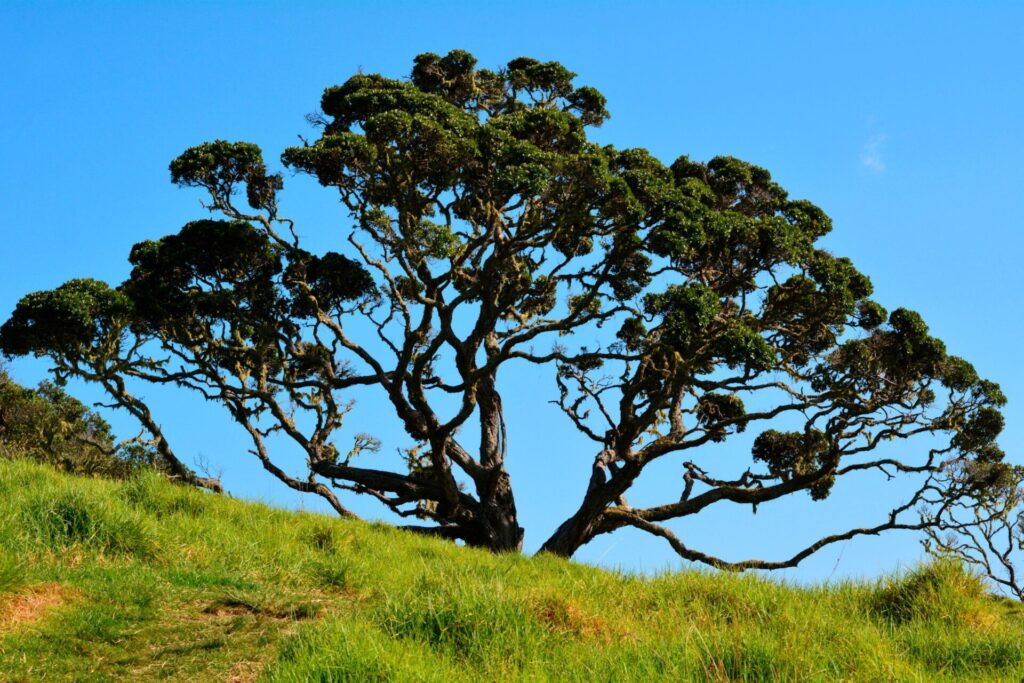
S. Rata
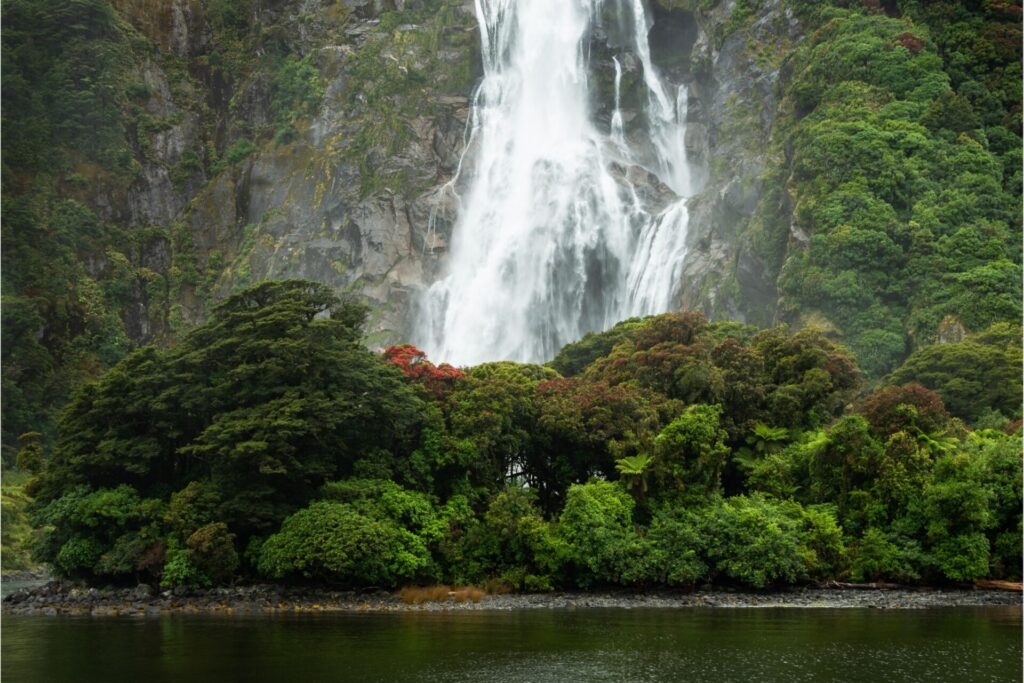
Wood
The wood density of both species is very strong and hard and was often used in historic ship building in New Zealand. It was one of the preferred sources of firewood as well, however this is not to be encouraged at all due to mounting threats to the population.
Threats
Possums
Both trees are very hardy, however they are under serious attack at the moment. Possums have shown particular interest in causing damage throughout the country stripping these old trees back to the point of death.
Myrtle rust
On top of this we now have the Myrtle rust fungi across the North Island and through most of the South. Unfortunately, it is a wind borne disease and it is basically impossible to eradicate. There are some strict guidelines around what to do if you find any, as we try to just slow down the spread. Follow this link if you suspect you have found Myrtle Rust.
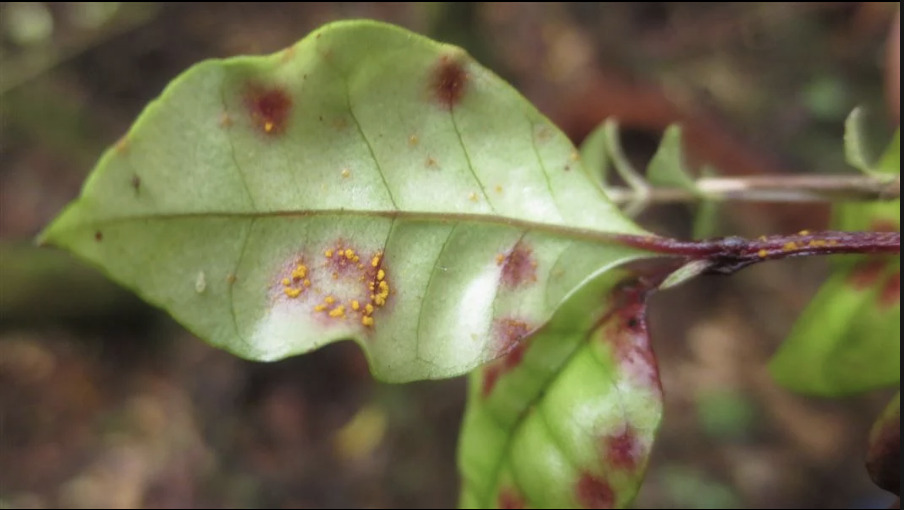
Weeds and human activity
These are both quite slow growing trees and so are quite vulnerable at a young age to weeds and pests. Despite the fact that they provide great firewood, it is strongly asked that people leave them along as much as possible. This includes gathering firewood and tramping young saplings regenerating around them.
Support
The Project Crimson trust is getting some great results in helping both the rata trees and Pohutukawa survive against these threats. You can learn more about their efforts to boost up the number of trees, so the total population can ride out these threats.
Uses
Bees & farm fertility
The ample red flowering is also of great support to bees, and so they are a great help to support your local bee hives around the farm.
Coastal Erosion
Given this genus of trees has a high preference for coastal environments and the ability to relocate themselves via branches touching the earth again and forming new trees these trees are great for coastal protection. Coupled with the spanning branches for shade and brilliant flowering during the summer months, they are a classic coastal tree
They are all fantastic trees and an iconic part of the New Zealand landscape. If you know of an area that would be suitable to plant these then we highly recommend it.

